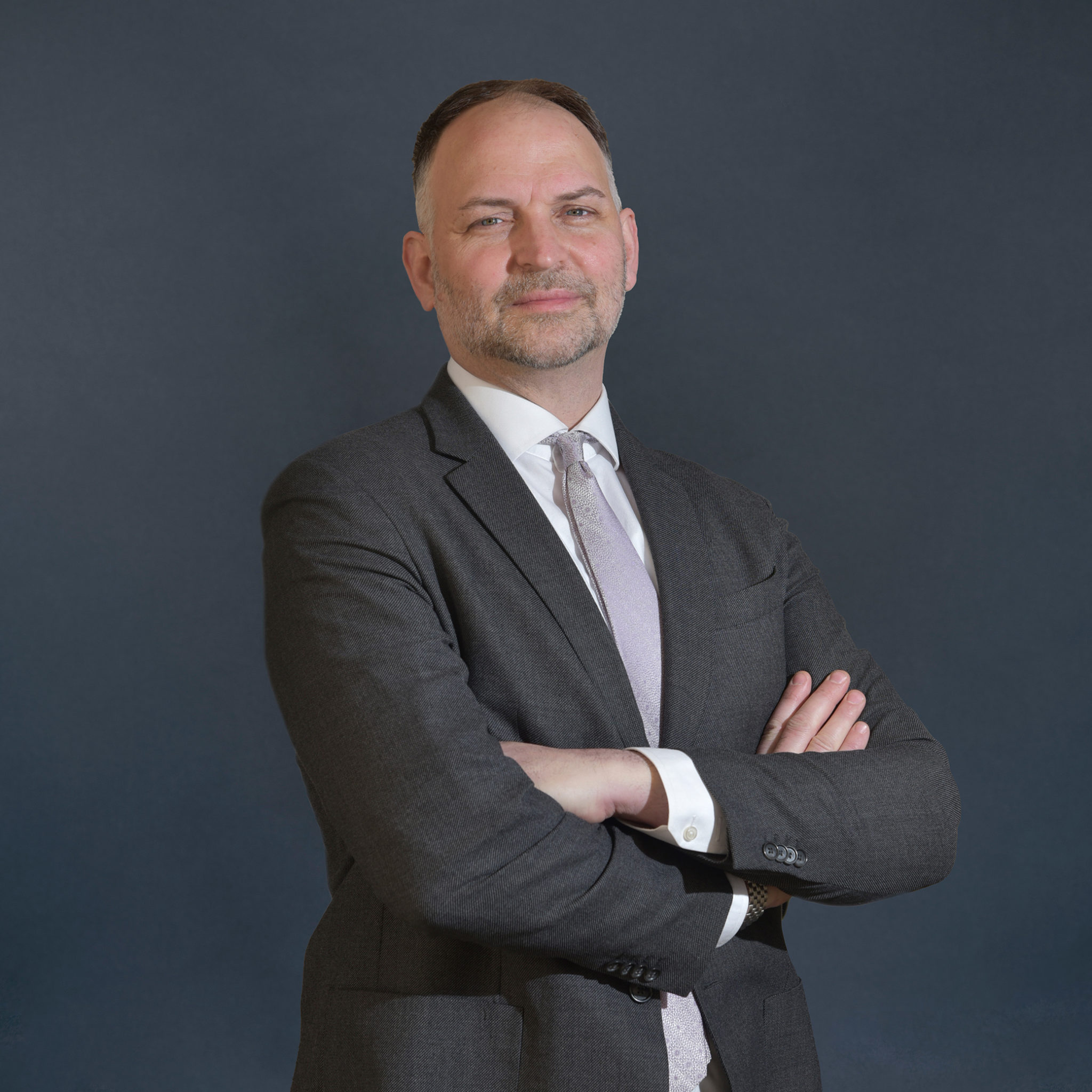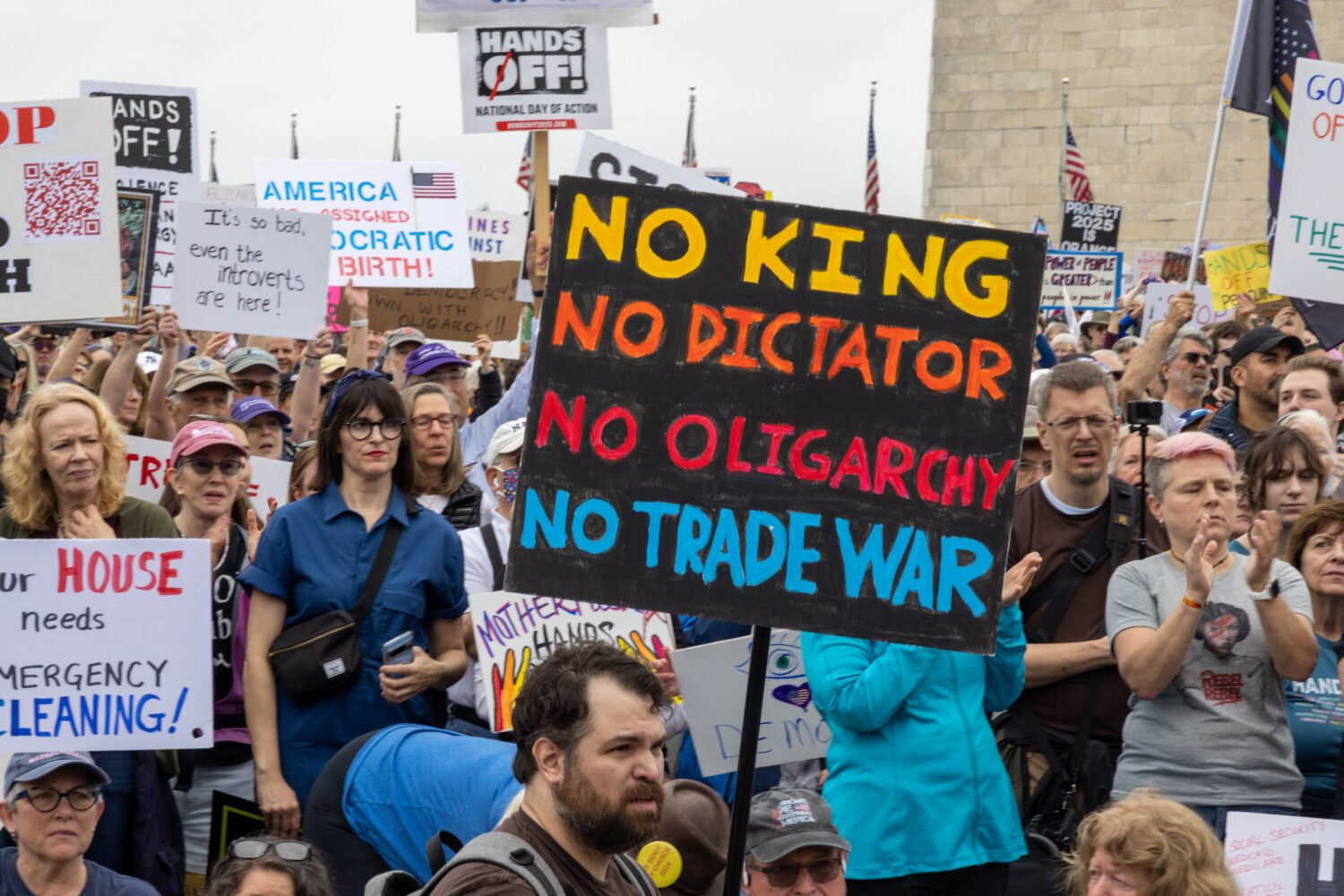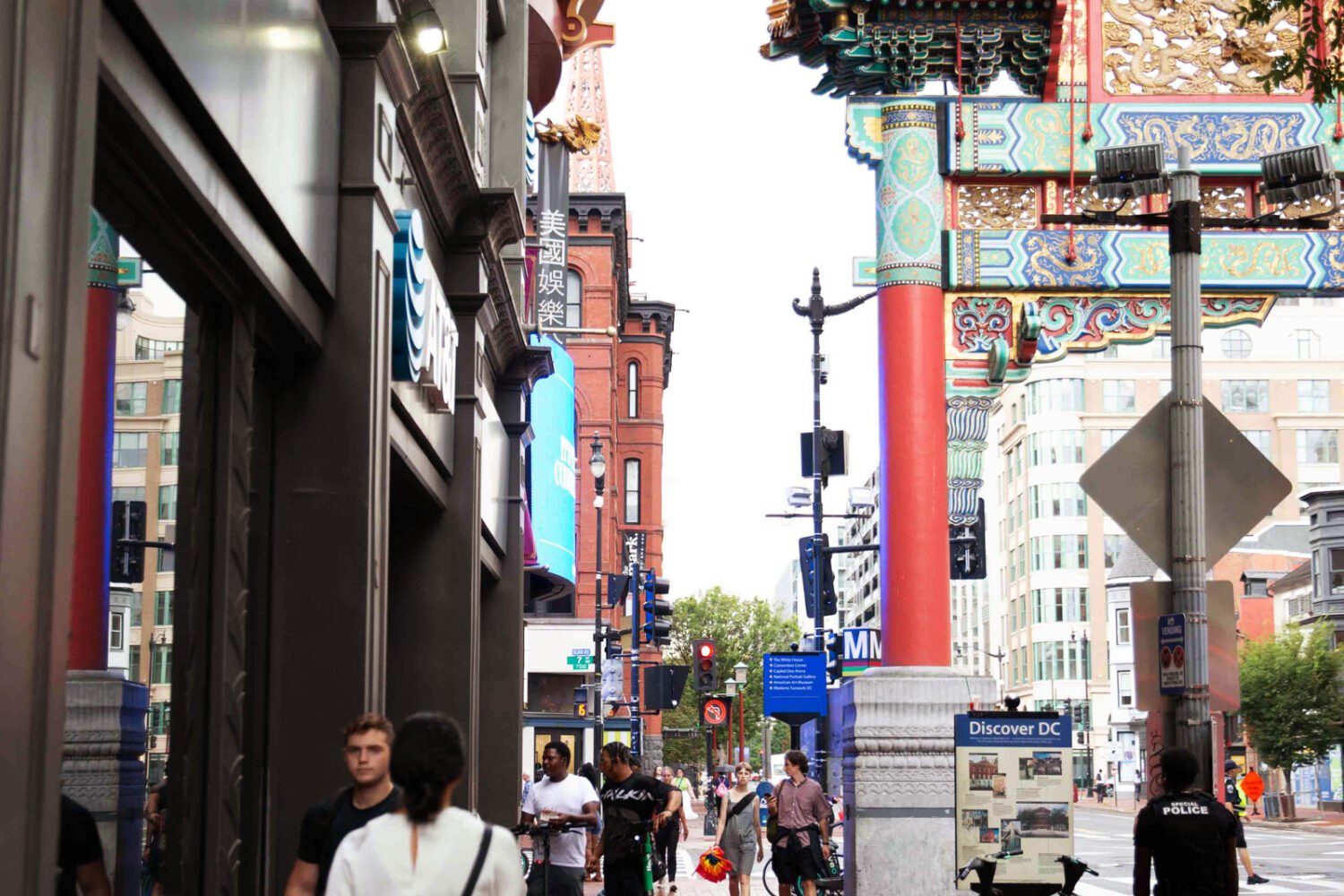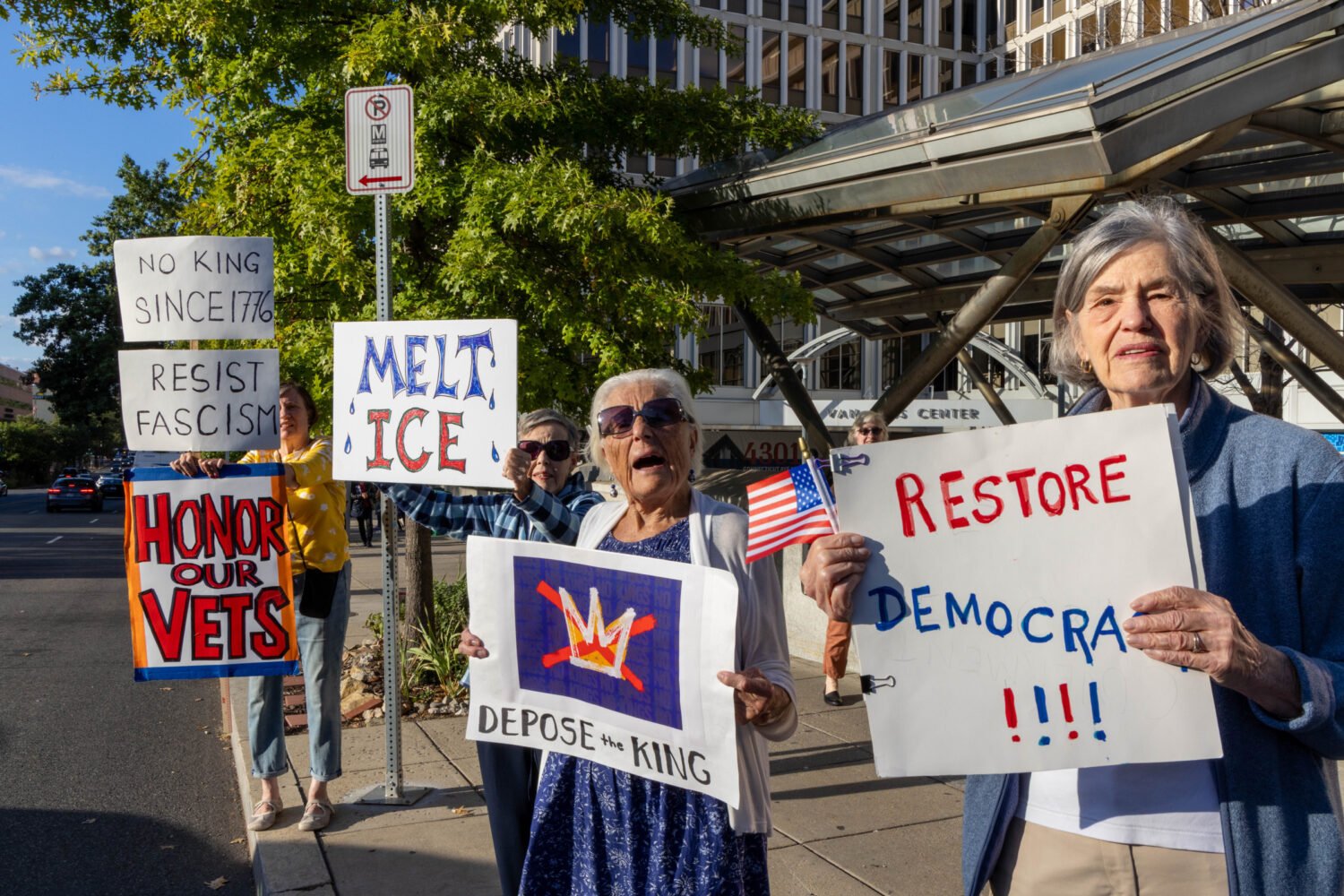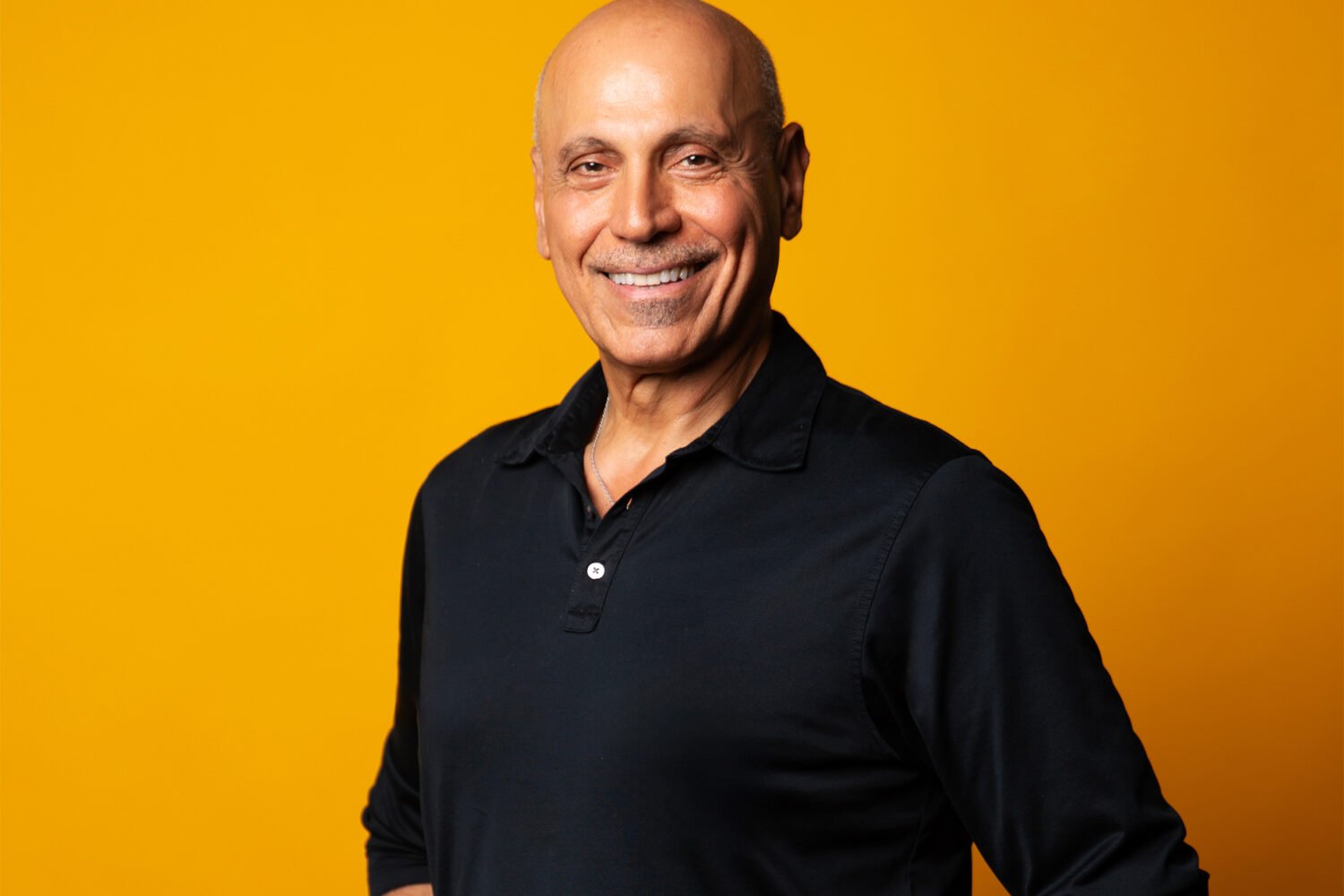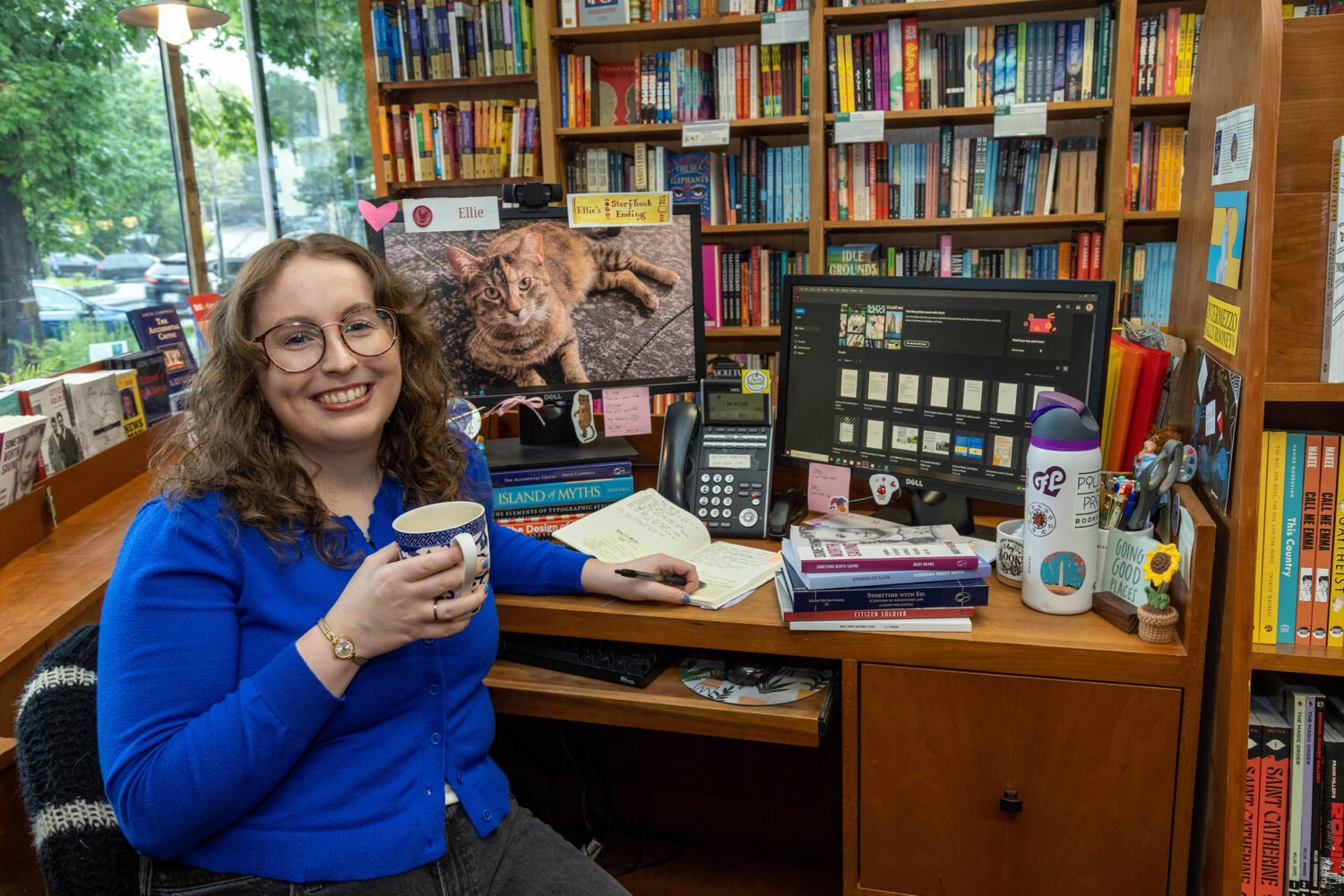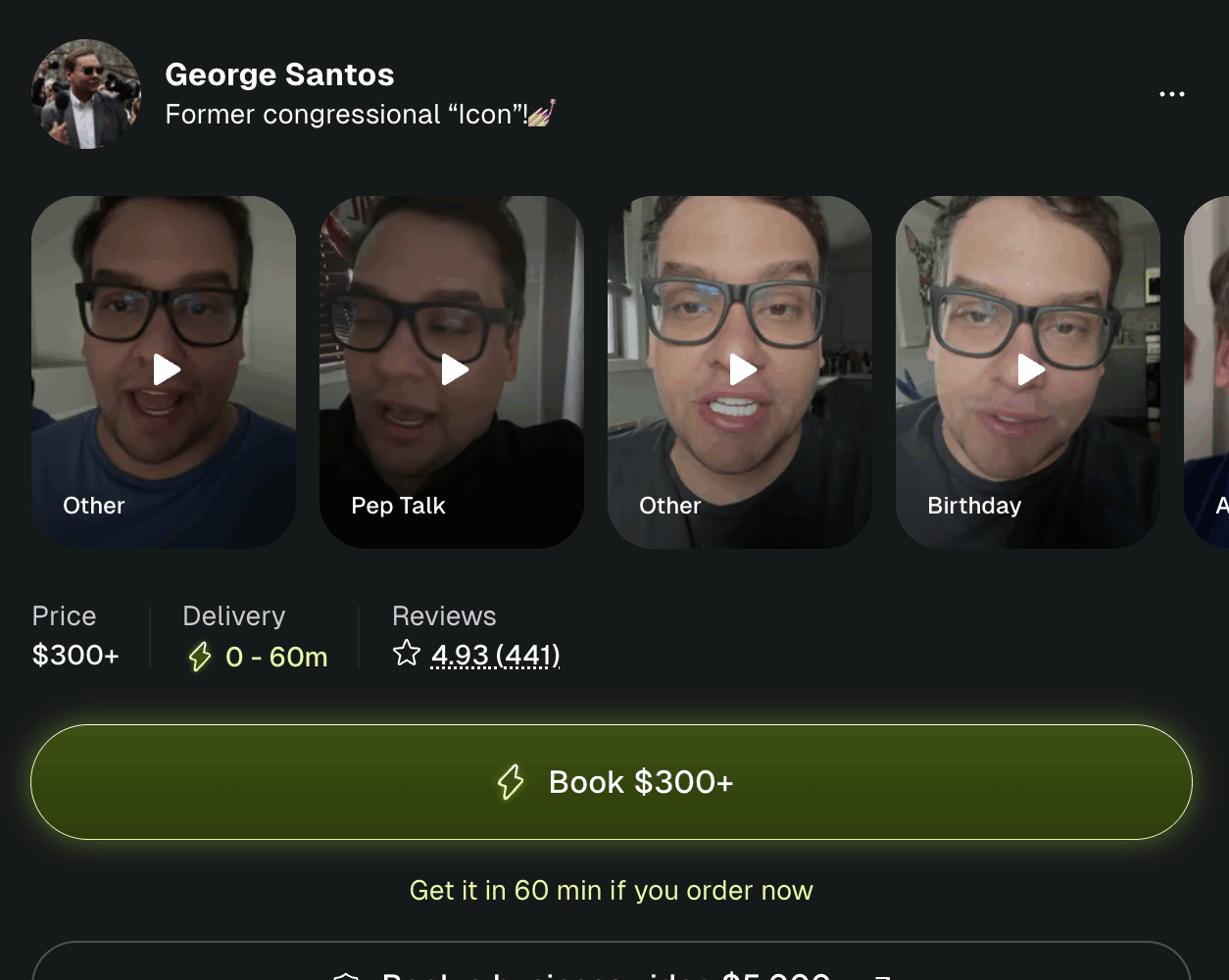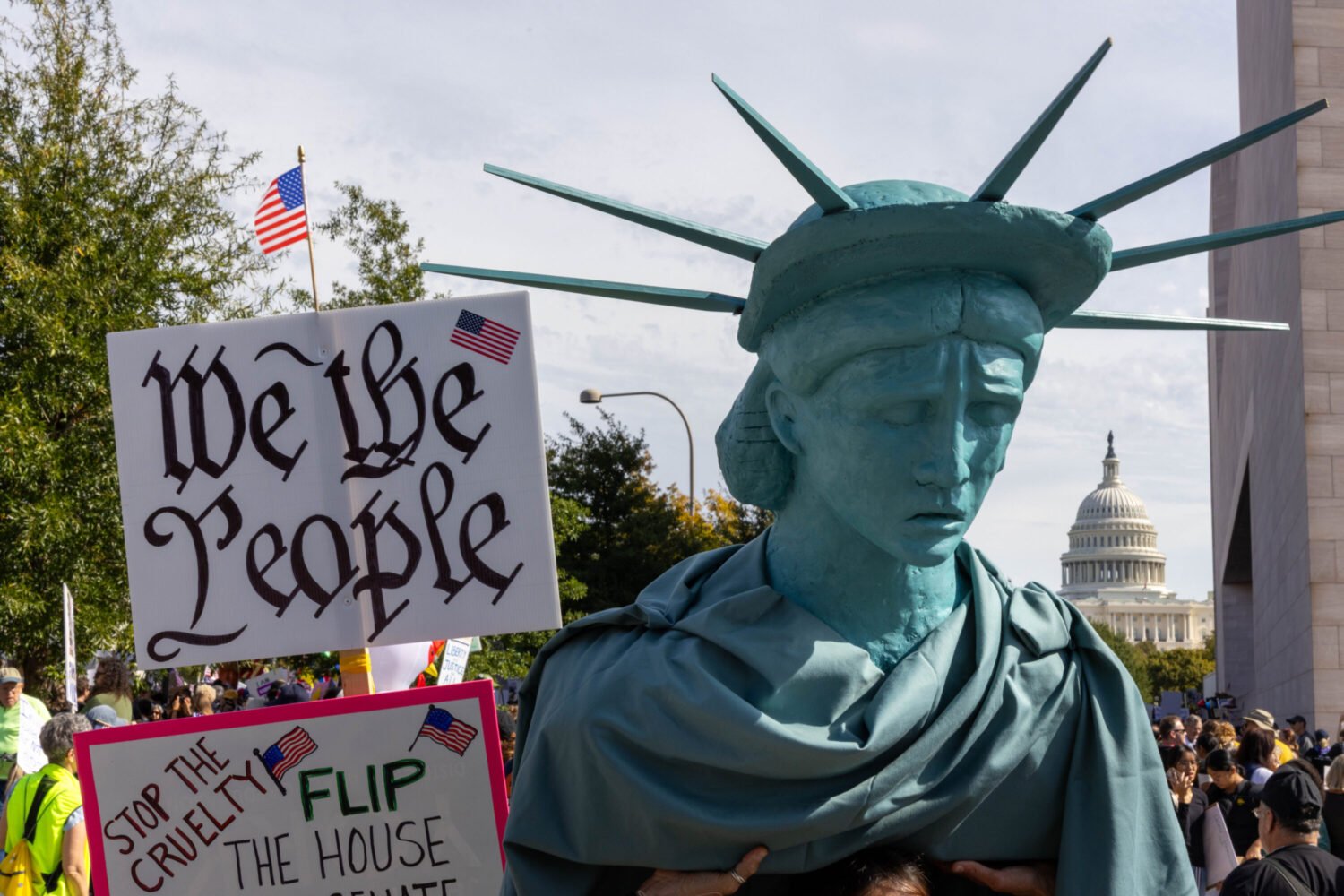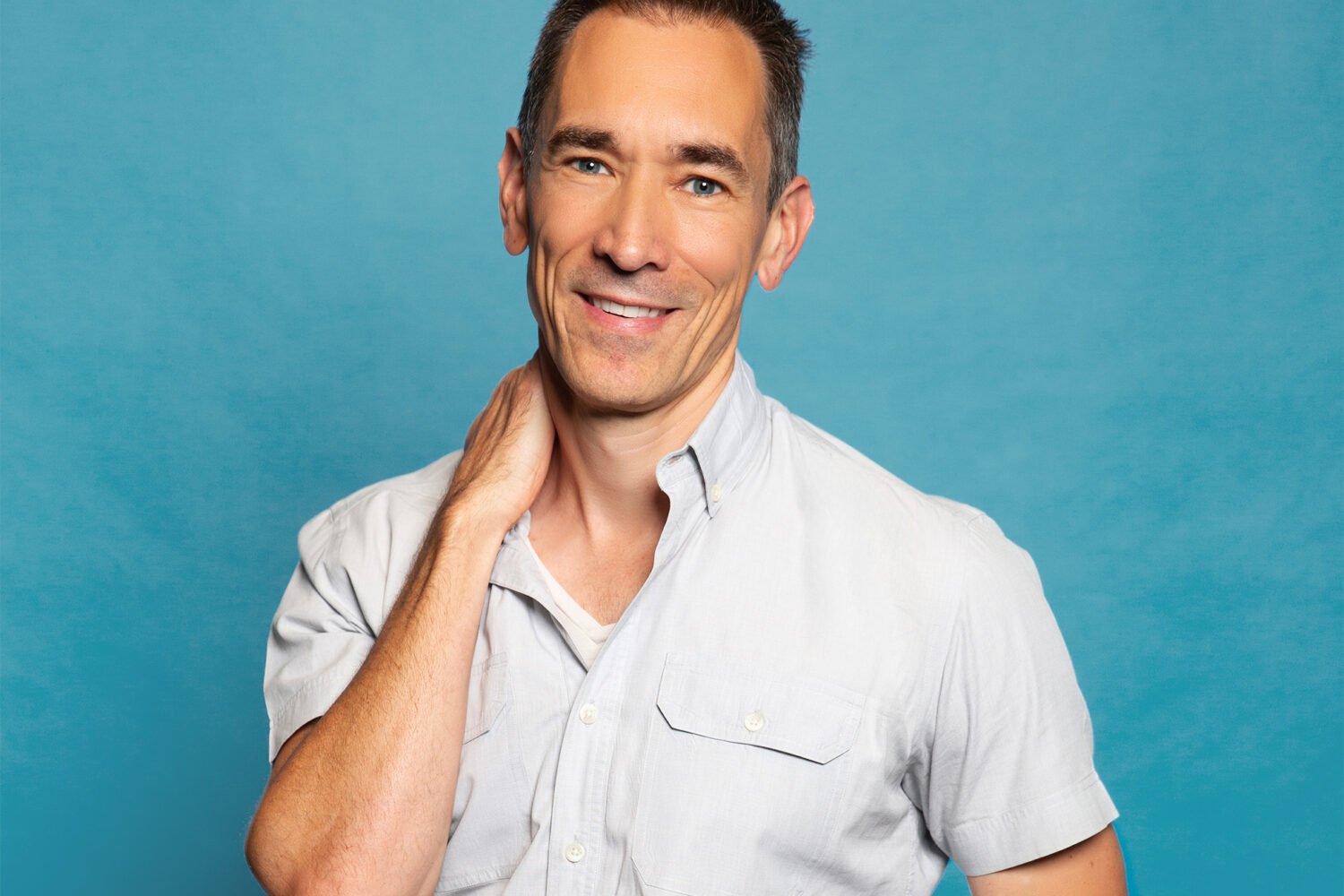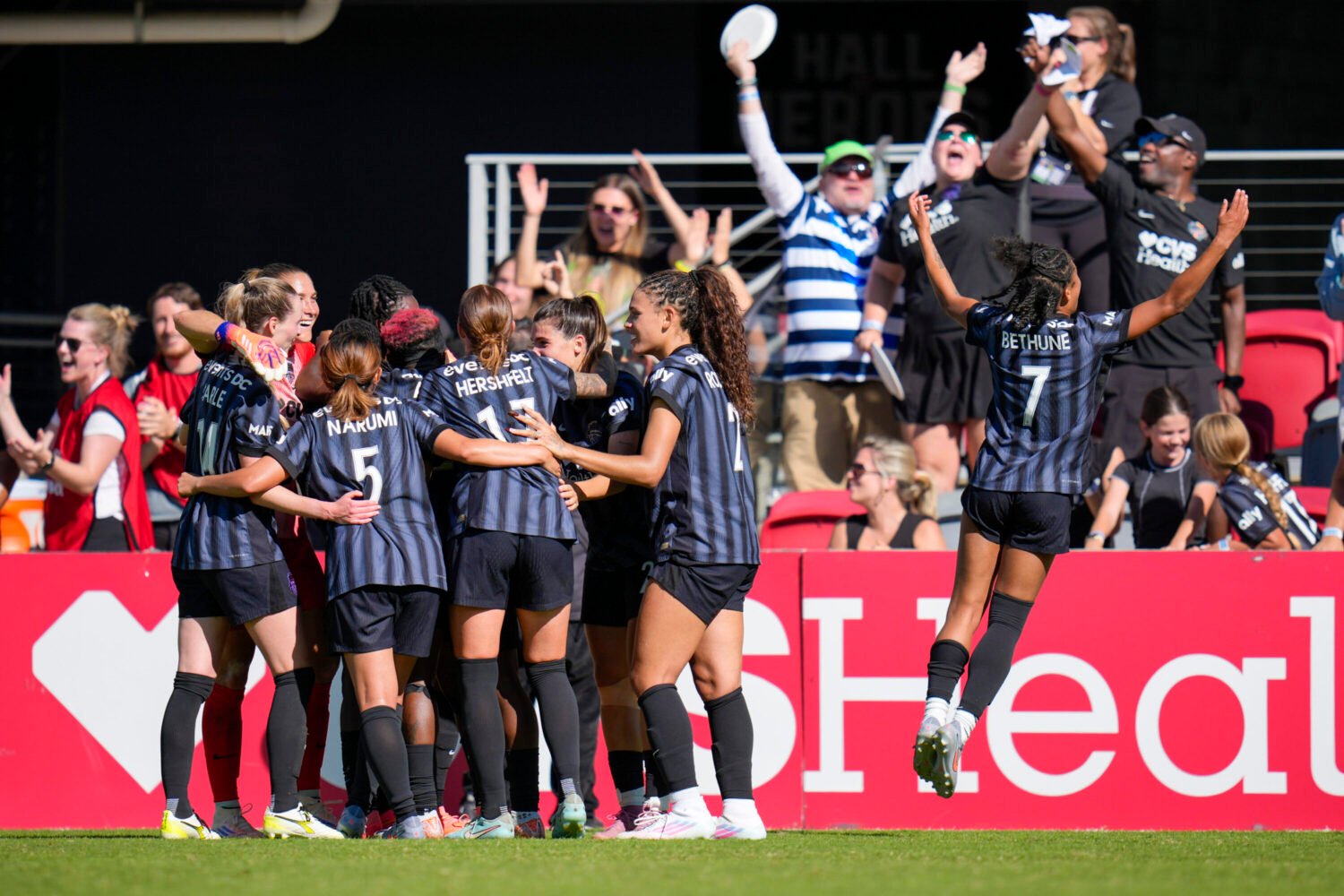Stephen Gardner is known in transportation circles as a man with a lot of money to spend. As Amtrak’s CEO, he’s in the enviable position of having billions of dollars from the federal infrastructure bill, plus grants from government and private partners, to invest in the rail network’s long-delayed priorities, such as expanding service nationwide, replacing old trains, and perhaps taking control of Union Station via an eminent-domain suit Amtrak filed last November.
But for anyone who followed DC’s music scene in the 1990s, he’s probably better known as a member of the defunct local post-rock band Lorelei and the experimental electronic project Chessie—whose name was, yes, a reference to the railroad company. (I’ve known him since the Lorelei days, when my band shared a couple of bills with them.) Gardner, who grew up in Arlington and now lives in the Philadelphia area, has been interested in trains for most of his life. With recent reunions from some of Lorelei’s DC-area peers—such as Velocity Girl and Tuscadero—it seemed like a good time to check in. Oh, and there’s also all that stuff about running our national passenger-rail system.
How does the bass player of Lorelei end up running Amtrak? What even is that career path?
My father [Tony Gardner] was the Arlington County manager, so I grew up with transportation planning as a kitchen-table topic. I probably cemented my interest when the county was in conversations about the future of Potomac Yard. My father had to be down there a whole bunch, and he brought me along. I was 14 years old, and this was definitely a different era where they were like, “Okay, kid, walk around, just don’t get killed.” That was really my first experience on the other side of the looking glass.
After high school, I managed to finagle my way to an unpaid internship in Union Station, and that’s really where I got my first exposure to railroading as a profession. In the summers, I would sometimes work for a railroad, sometimes work making music, and then just continued progressing those two interests. After graduating college, I went up to Maine and worked on a freight railroad, and then became a train dispatcher in Boston. Then I went to a small railway in Virginia and was always balancing my time with music—like, time out for tours. I lived in Berlin for a while and worked on music there.
After that, I went to Capitol Hill and pitched myself as somebody who knew something about the railroad, knew something about public policy, and was willing to work for free. I got an internship on the railroad subcommittee of the House of Representatives. It helps that not many people of my generation had much interest in railroads or transportation. I ended up in the Senate, working on transportation and railroads there. That ultimately brought me back to Amtrak in 2009.
What are some–I don’t want to say train-nerd, but exciting experiences you’ve had since joining Amtrak?
I mean, they definitely qualify as train-nerd experiences. I’ve, of course, ridden all of Amtrak’s routes. But there’s all sorts of interesting behind-the-scenes stuff: bridges and tunnels, all of our control centers, the water wheels on the Susquehanna that generate our power. We have test kitchens where we develop all of our onboard food. Amtrak is like a little city: We’re kind of a hotel. We’re also a restaurant. We’re a construction company. We have a factory. We have a police force. And each one of those is kind of a magical thing unto themselves.
I really just love being able to see the railroad, be on our trains. The most fun is being out on the network and connecting with our customers and our passengers and the communities we serve.
“Amtrak is like a little city: We’re kind of a hotel. We’re a restaurant. We have a factory. We have a police force.”
What are you excited about this year and beyond? Thanks to the Bipartisan Infrastructure Law, you actually have money to spend on improvements.
There’s three big things we’re focused on. One is continuing to grow our ridership. And we are back—we’re ahead of where we were prepandemic. What that tells us is that the more high-quality, useful service we can provide, the more there is an appetite across America to use rail where it makes sense. That’s not everywhere, but it’s a lot of places, and a lot more places than we serve well today.
The second job is rebuilding all these assets that we have inherited. We were formed in 1971, and even then, we inherited assets that were over 100 years old in many cases. So we have a huge program to modernize. I’m the luckiest Amtrak CEO, for sure—we get to do the things that all my predecessors have dreamed of doing.
The third is expanding the network so that we provide more trains to more communities. Because there’s a lot of America that today isn’t well served by Amtrak’s existing network or isn’t served at all.
To bring this to a local level, what’s going on with Union Station and Amtrak’s eminent-domain case against the current landlord?
There are really big plans for Union Station. I’m sure you’ve been watching some of the work underway to expand the whole concourse and terminal area and create capacity for long-term growth. We see the demands for additional service to the South and additional service on the Northeast Corridor to be really quite pronounced over the next 20 years. And, you know, we’ve had some struggles to be able to accomplish what we think is necessary for the riders in terms of both the experience and the space necessary to serve riders. Obviously, I’m not going to comment on the pending litigation. But we think Amtrak is in a position to have a more direct role in creating the right environment for our passengers.
You know, as the train station was redeveloped in the ’80s, basically the Amtrak function got moved all the way to the back. And we see a lot of opportunity for it to be a much better experience for passengers. It’s imminently necessary because of increased train service we will have with this new Acela service coming.
You’re talking about the Acela 2 trains that were originally intended to replace the current trains in 2021. Those have had a lot of issues, like windows that spontaneously shatter. Are those actually going to go into service this year?
Yeah, that’s our plan. The manufacturer often is responsible for completing all the modeling and testing. It’s a new train service, the first of its type in the US. So they’re going through the process with the regulator, but they’re working hard on that, and we’re hopeful they’ll be finished. We’re basically the customer waiting for them to complete the work.
I think they’re a beautiful train. They’re going to deliver a great experience, a really comfortable ride, and great amenities. They have a significant increase in seat capacity. And then we have 28 [trains] instead of 20. Our goal is to double our ridership by 2040. That would bring us to 66 million riders. All I ever hear is: How come we don’t have a train here? And how come we can’t have faster trains? We want to work on both.
What’s happening in Virginia?
There’s two projects underway. One is a $3 billion investment between the Commonwealth and Amtrak, and now also the federal government through their investment, and that basically builds a dedicated passenger route between Washington and Richmond that allows for a big growth of service. And then there’s a joint project between Virginia, North Carolina, and Amtrak to reactivate an old railroad line called the S line. So in the way that the Northeast Corridor is integrated, you start to build that same kind of connectivity to the South. It’s going to make traveling by train a clear alternative to I-95.
President Biden famously loves trains. How have things changed for Amtrak under him?
It’s incredible to have a President who not only believes in the mode and understands how it can contribute to a growing sustainable America and to the economy, but who actually knows about the railroad. When I have conversations with him, he absolutely wants to know, like, when we’re going to fix the curve south of Wilmington. What are we doing about the slow progression through the tunnels in Baltimore? I mean, these are not hypotheticals for him. It’s stuff that he knows as what we would call a super user.
I also don’t want to overshadow the incredible support generally we see in Congress. This is a bipartisan issue in part because driving and flying have become less fun and more difficult.
It sounds like you are very busy, but I have to ask: Some of your peers from the 1990s DC music scene have reunited. Will we see Lorelei shows?
I don’t know yet, but we still stay in touch. And there’ll be more music for me. Maybe not Lorelei, but music is a huge part of who I am. And I [still have] all of the, I think, good lessons I learned making music and being in a great community of independent musicians and change-makers here in Washington.
My last question has to do with the Quiet Car.
That is Amtrak’s invention. Did you know that?
No!
We should have trademarked it.
People still get very worked up about conflicts there. How often do concerns about Quiet Car etiquette make it to your desk?
Not very, actually. There are very strong, ardent Quiet Car supporters and users, and they’re very clear about the rules on the Quiet Car. We don’t have to do much enforcing of the rules, because the passengers are very direct with their fellow passengers about the etiquette. Probably the bigger thing I hear about is that the majority of people really love having a reserved seat. And there’s a small group of people who wish there were no reserved seats. But, you know, these are people who have strong feelings about trains, and I’m open arms to those people. If you care about trains, I want to talk to you.
This article appears in the March 2024 issue of Washingtonian.

